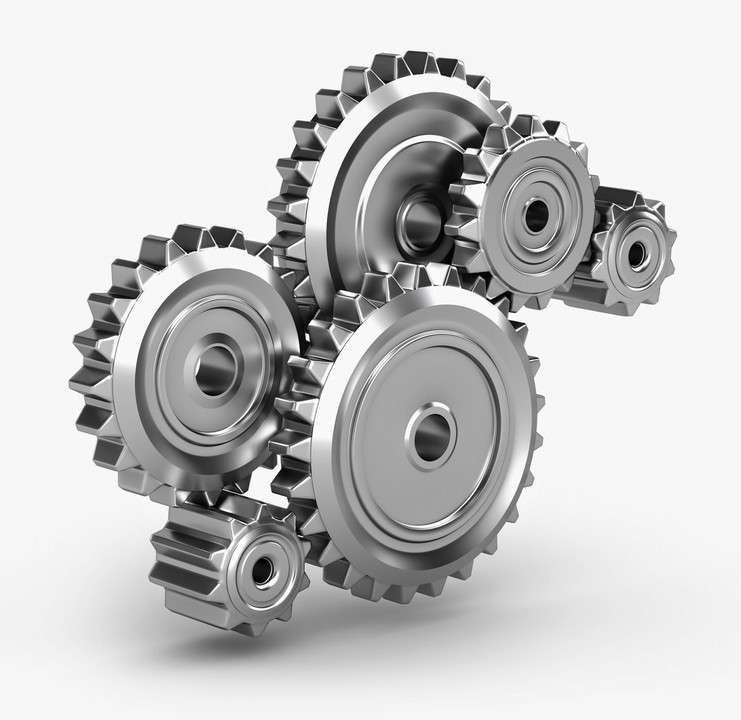
Preventive Maintenance
Preventive maintenance (PM) is a proactive approach to maintaining equipment and systems by performing regular inspections, repairs, and servicing to prevent potential failures before they occur. The primary goal of preventive maintenance is to ensure that machines and systems operate at optimal efficiency, reduce downtime, and extend their lifespan, ultimately saving time and costs associated with unexpected breakdowns.
This maintenance strategy involves scheduled checks and routine tasks based on the age, condition, and usage of equipment. Common preventive maintenance tasks include lubrication, cleaning, parts replacement, and system calibration. By identifying and addressing issues early, preventive maintenance minimizes the risk of major failures and costly repairs, making it a key component in industries where equipment uptime is critical, such as manufacturing, healthcare, and transportation.
One of the major advantages of preventive maintenance is its ability to improve safety. Regular inspections help identify hazards, ensuring that equipment complies with safety standards and reducing the risk of accidents. Moreover, preventive maintenance contributes to energy efficiency, as well-maintained machines typically consume less energy and produce fewer emissions, contributing to a more sustainable operation.
Implementing preventive maintenance programs often requires the use of specialized software, known as Computerized Maintenance Management Systems (CMMS). These systems track maintenance schedules, equipment history, and performance data, making it easier to plan and execute maintenance tasks efficiently.
In conclusion, preventive maintenance is a vital practice that enhances reliability, efficiency, and safety in operations. By addressing potential issues before they become major problems, organizations can optimize performance, reduce costs, and ensure long-term operational success.
